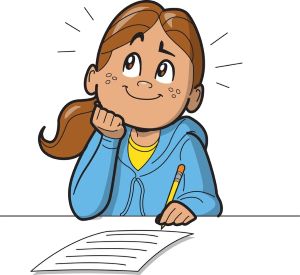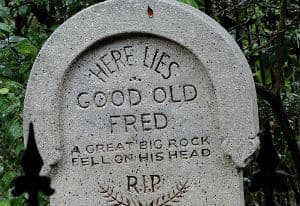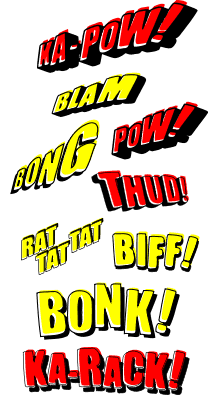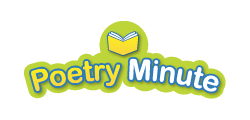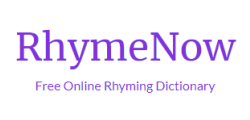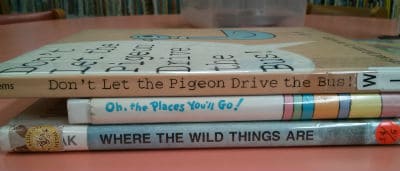
Have you heard of “book spine poetry?” It’s a kind of poetry that you don’t really write from scratch – instead, you “find” it by arranging book titles to make a poem. This type of poem can be serious or funny, just like in regular poetry.
Here’s the basic idea. Imagine that you’re sitting at a table with all of these books in front of you:
- Green Eggs and Ham
- Goodnight Moon
- The Very Hungry Caterpillar
- Don’t Let the Pigeon Drive the Bus!
- Oh, The Places You’ll Go
- Where the Wild Things Are
- Good Night, Gorilla
- Stone Soup
To make a book spine poem, you would start by moving these books around into stacks with the spines together so that the titles are like the lines of a poem. You would keep moving the book titles around into different stacks until you find the “lines” that go best together to make a poem. For example, one set of titles might describe a story:

